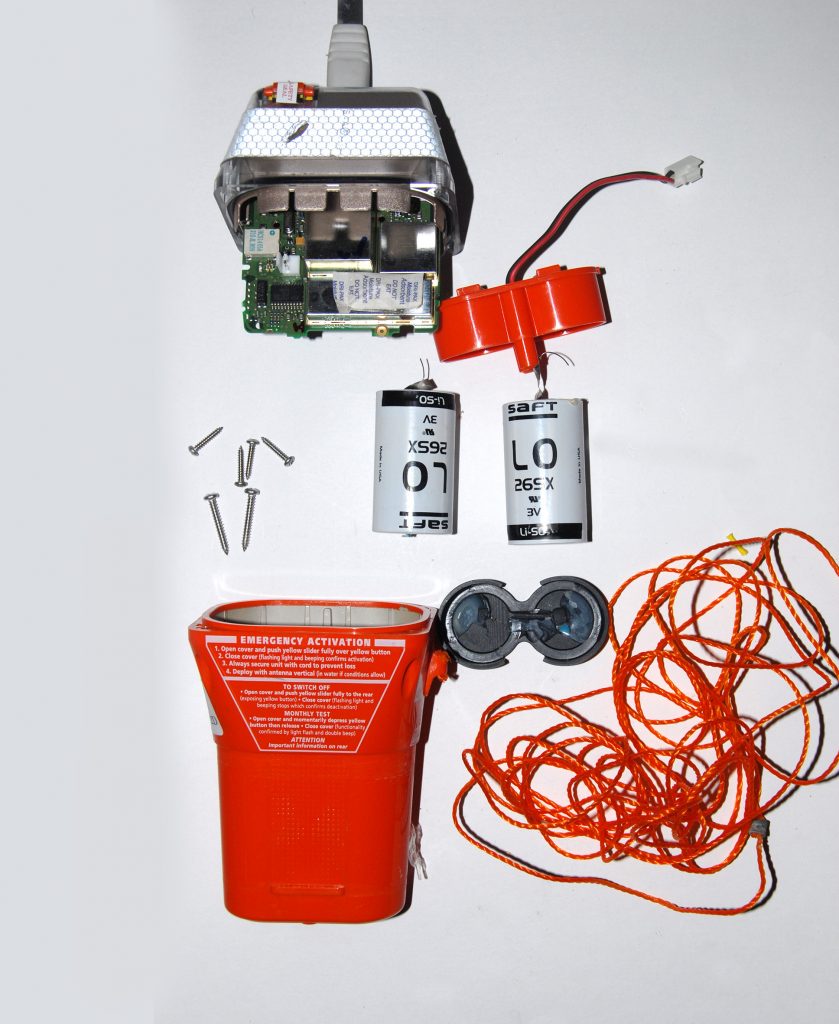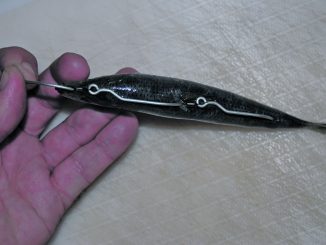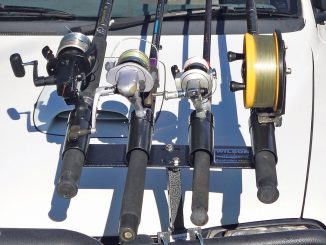
by Gordon Macdonald •
For anglers venturing more than 2nm from shore in open waters, carrying a 406mhz digital EPIRB (Emergency Position Indicating Radio Beacon) is not only sensible, it’s the law. Even for those fishing smooth or partially smooth waters, an EPIRB is advisable as it could save your life in an emergency.
For those not familiar with this piece of safety equipment, an EPIRB is a small electronic device that, when activated, will assist search groups to pinpoint your position so they can rescue you. If your craft was to overturn, get damaged and begin sinking, or even if you have an injured person or a person suffering a medical condition aboard, being able to be found promptly could avoid disaster and save lives.
EPIRBs come in several forms and brands. The best one to get is an EPIRB with GPS as this is much more accurate and will put rescuers within 100m of your position. EPIRBs without GPS will not give such an accurate signal and will only put rescuers in the general area.
All EPIRBs must be registered to the vessels on which they are to be used. The details kept will include the name of the vessel’s owner, emergency contact details (phone and email), the beacon Hex ID/UIN, beacon serial number, model and manufacturer. In most cases, registering a beacon is required by law. It is a simple task on the website (https://beacons.amsa.gov.au/registration/) and is free. Details of the vessel are also kept in relation to craft type, colour or other distinguishing features to assist rescuers in finding you promptly.
EPIRBs must be re-registered every two years with AMSA. This ensures details are kept accurately, especially if someone has bought a different boat and previously forgotten to change details. Beacons generally have a 10-year battery life and the entire beacon will need replacing after the battery expires. With EPIRBs costing around $250-350, this is cheap insurance at a yearly rate.
Once your beacon’s battery life has expired, you need to dispose of the beacon. Do not discard it in a bin at the boat ramp or anywhere else as I have seen some people do. If the beacon goes off, rescue groups will be wasting time and money looking for the beacon. I had a faulty beacon go off at my house some years back and was called immediately by the rescue group. I told them it was a false alarm but still had to get to the beacon and turn it off within 30 minutes or they were going to bash down the door to locate it. I left work and got there in time but it was awesome to see such a prompt response.
Expired beacons must be disposed of correctly. Some battery shops will take the EPIRB, then remove the battery and dispose of it for you (generally a fee is charged for this service). However, this is easy to do yourself. Following is a basic instruction on how to decommission your EPIRB to make it safe and inoperable.
1. This GME Accusat 406MHz EPIRB is one of the more commonly owned models available for boat owners. While other brands are out there, this model offers good value and reliability. The decommissioning of most EPIRBs will be similar to this regardless. The only tools required are a Phillips head screwdriver and a pair of cutters or snips.
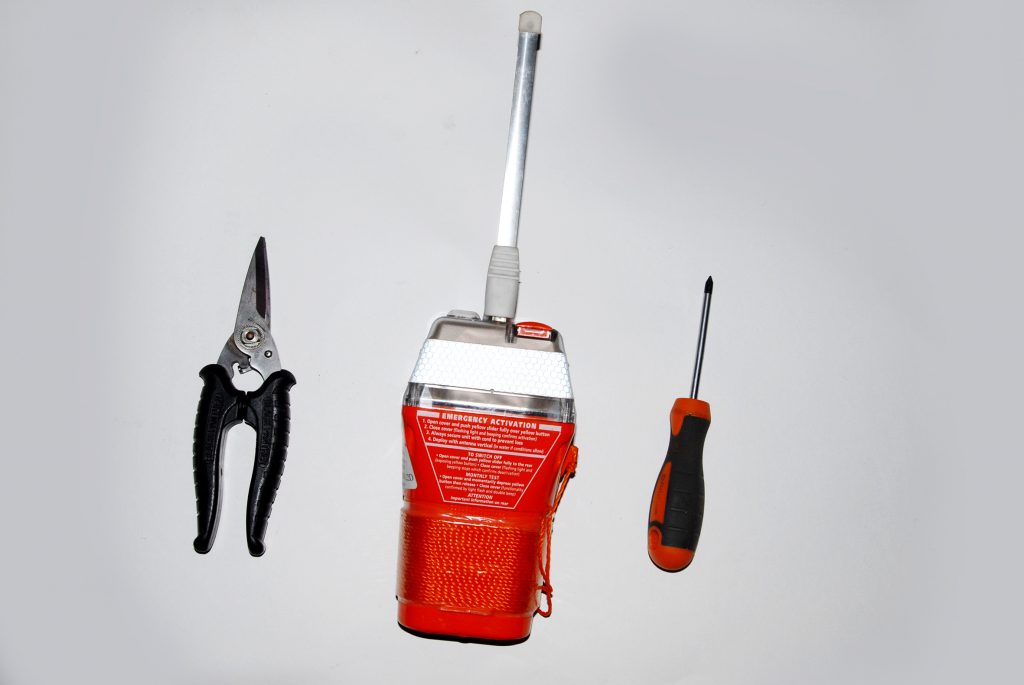
2. It is advisable to confirm with AMSA that you are decommissioning your beacon and removing it from use, especially if you are not replacing it for some reason (such as you no longer own a boat). If you are selling it with a boat, you should notify them and remove your details from the beacon. This sticker is provided by AMSA each time you re-register your beacon and they will contact you to remind you to re-register it every two-years. It must be affixed to the beacon.
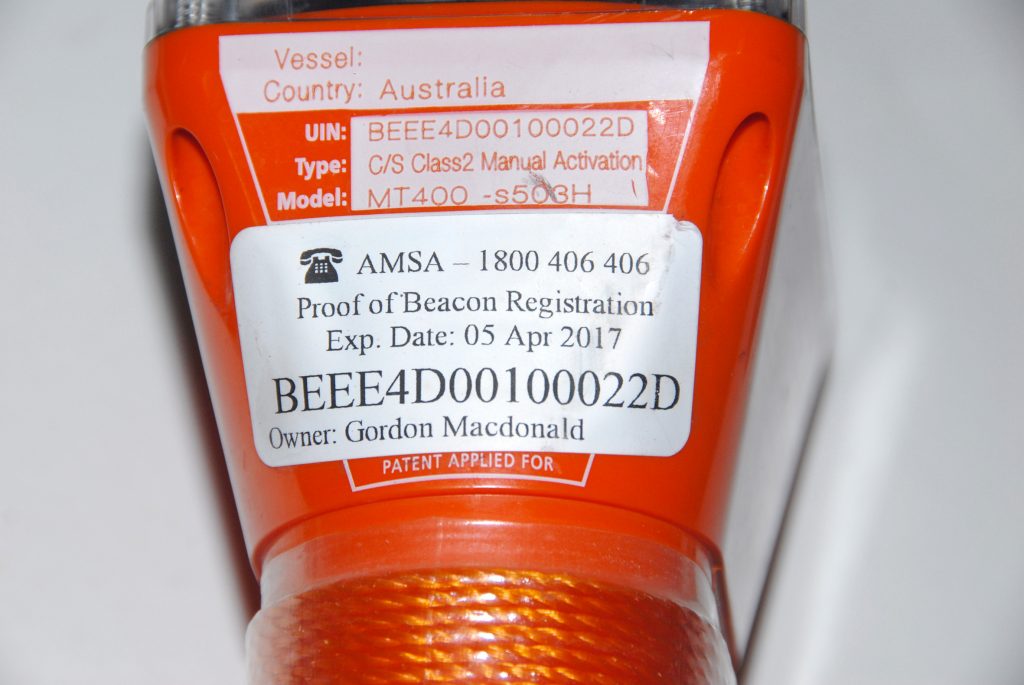
3. Details on the other side of the beacon will be permanently printed on. This will advise of the date when you need to replace the beacon with a new one. Once the expiry date is reached, it should then be decommissioned.

4. The top and bottom half of your EPIRB will be held together with four screws. These must be removed to separate the two sections.
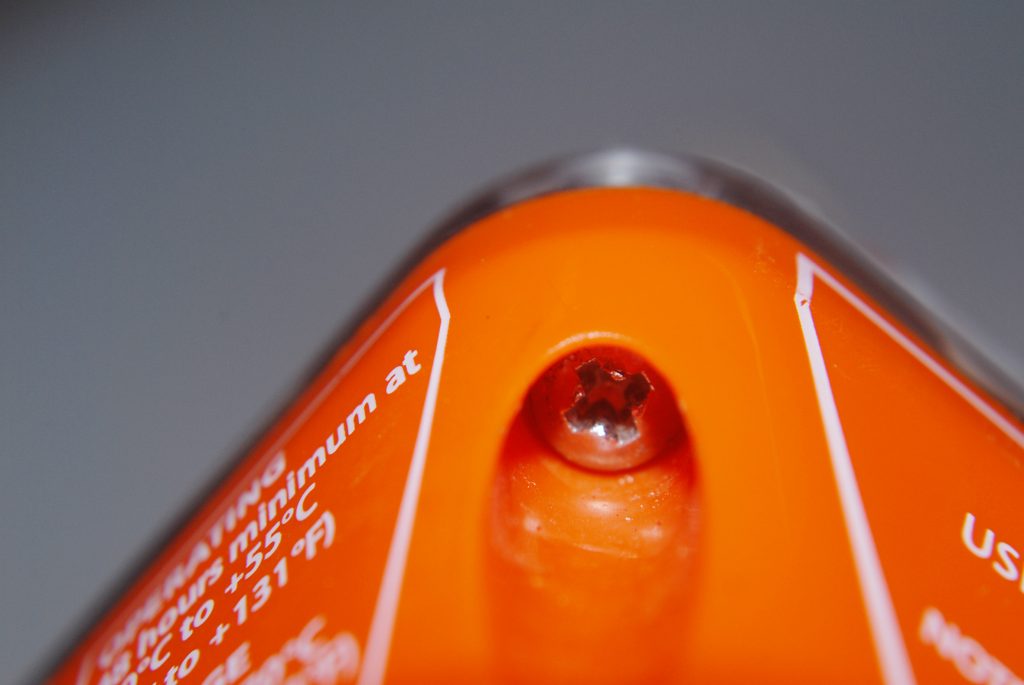
5. When you separate the top and bottom, you will see there is a wire still connecting the two together. This connects the working parts with the power source.

6. Pinch the clasp together and pull up to remove the wires from the panel in the top section.
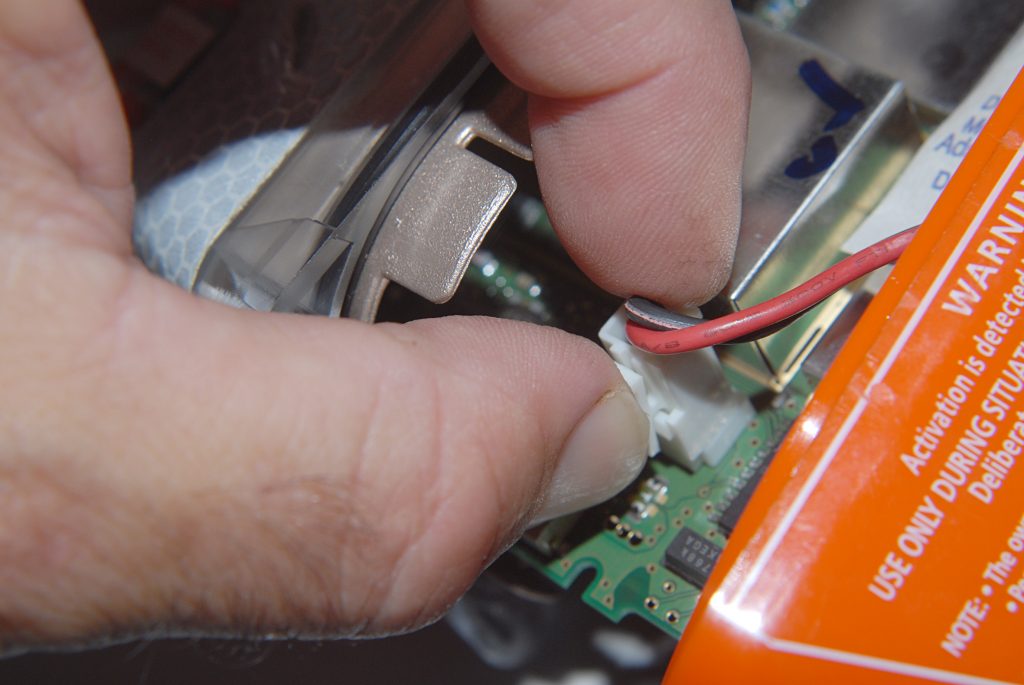
7. With the wire detached, the EPIRB is now inoperable and safe.The two sections can now be separated totally.
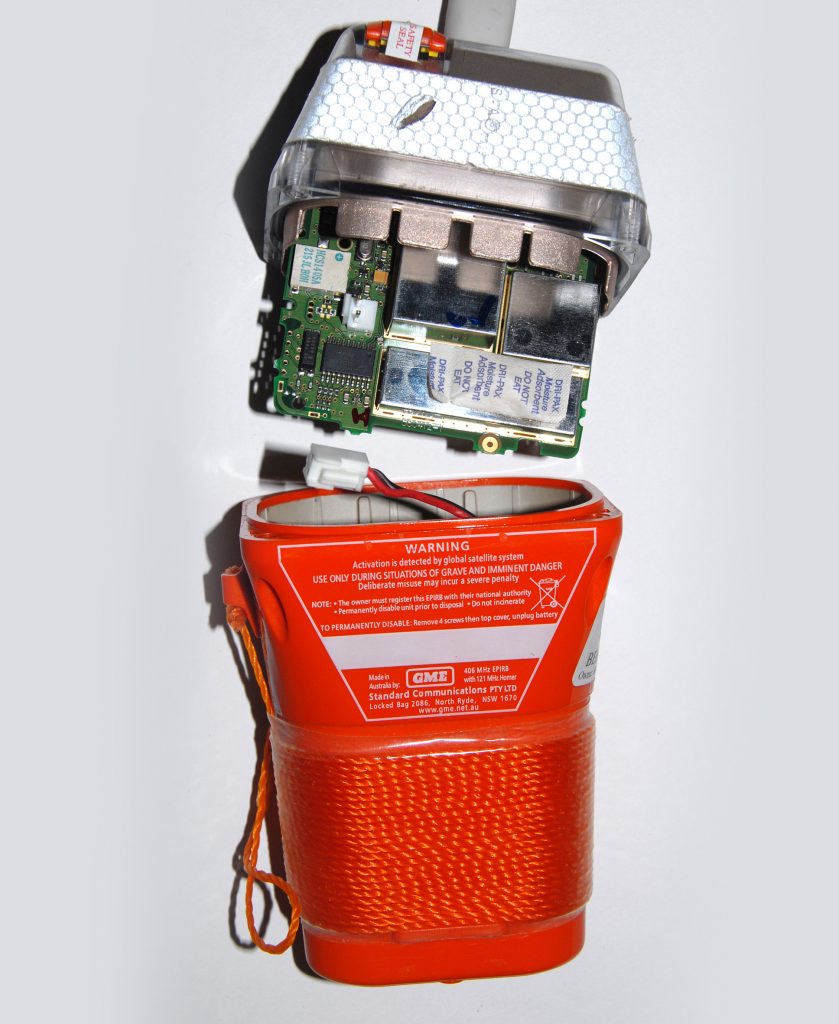
8. If you look inside the base section, you will be able to see the battery inside. Use the screwdriver to remove the two screws holding it in.
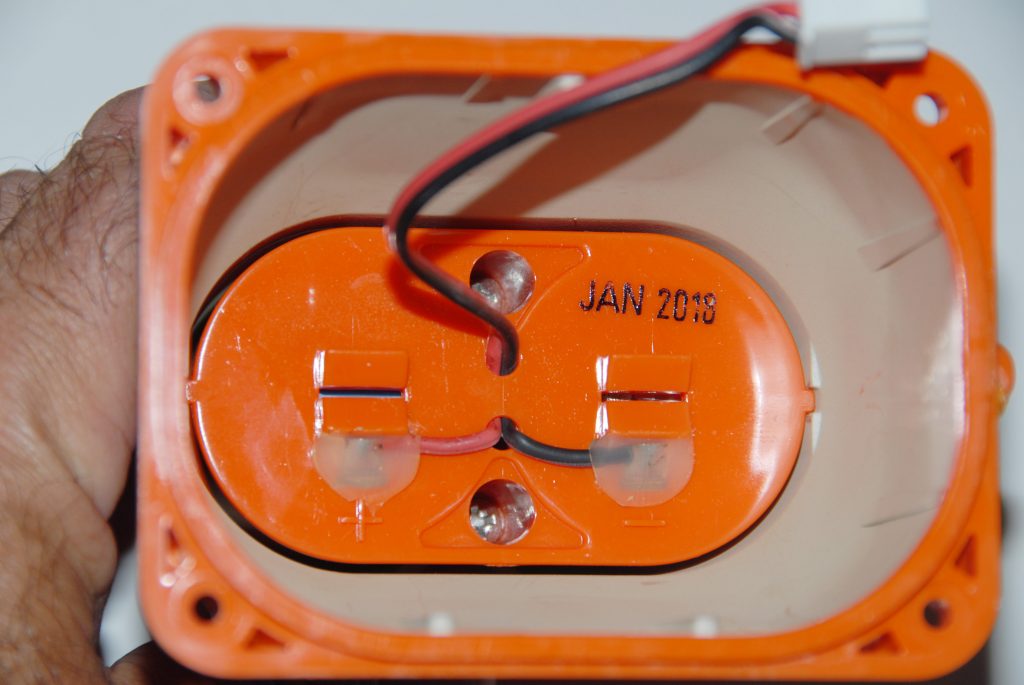
9. Pull the entire battery out of the base. Generally, it will be two batteries held together with a casing of some kind.
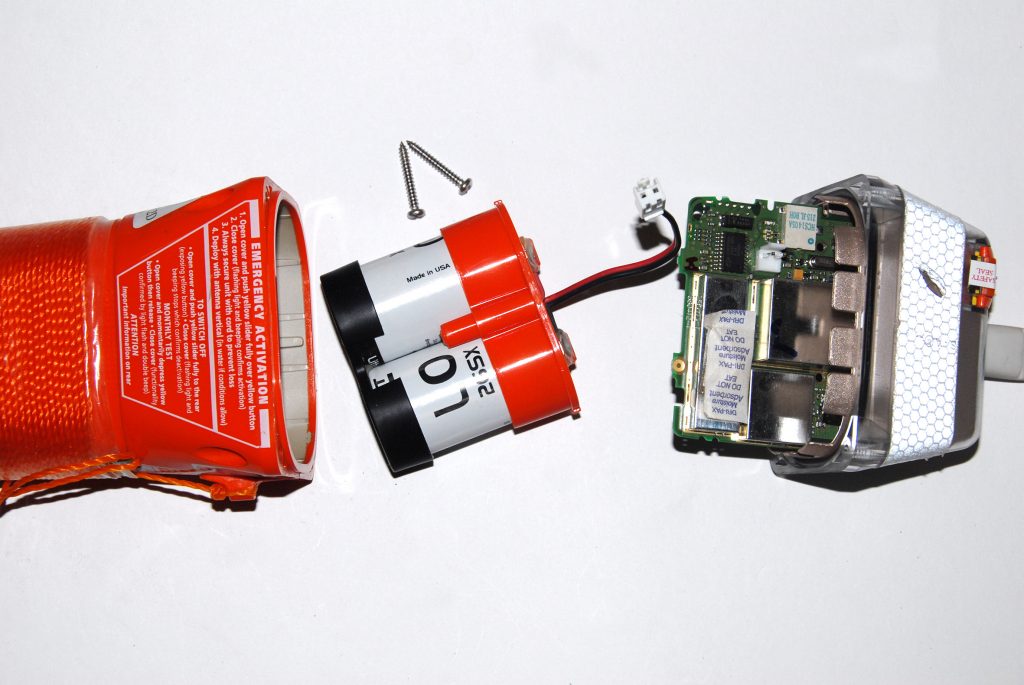
10. Peel the rubber casing off one end to expose the wire connecting them.
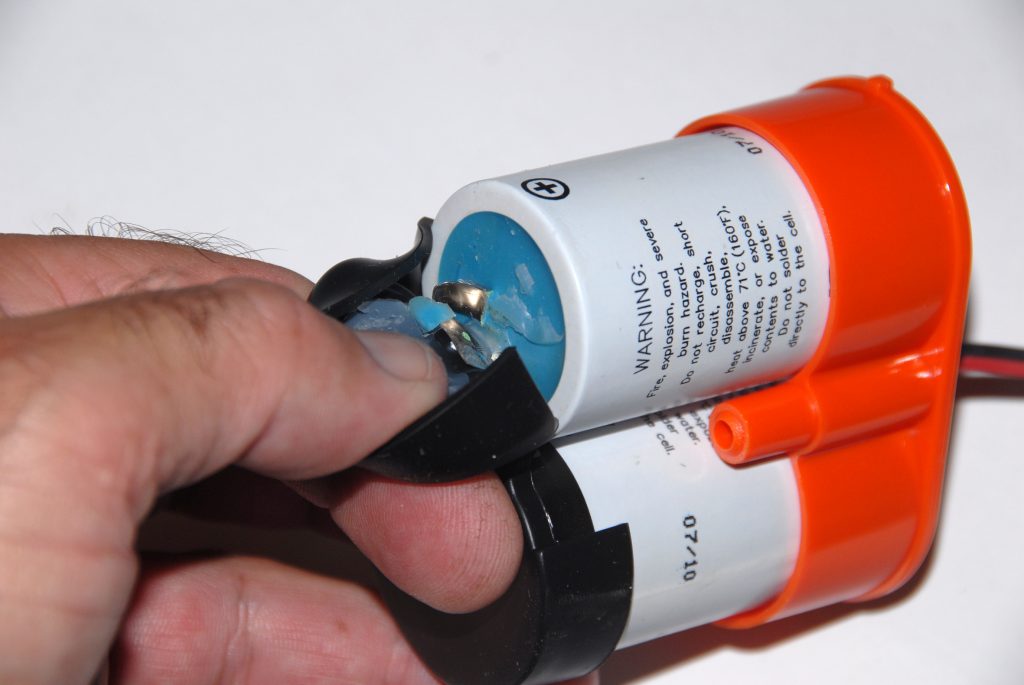
11. Cut the wire connecting the two batteries to avoid a short. Remove the batteries entirely from the rigid casing and separate.
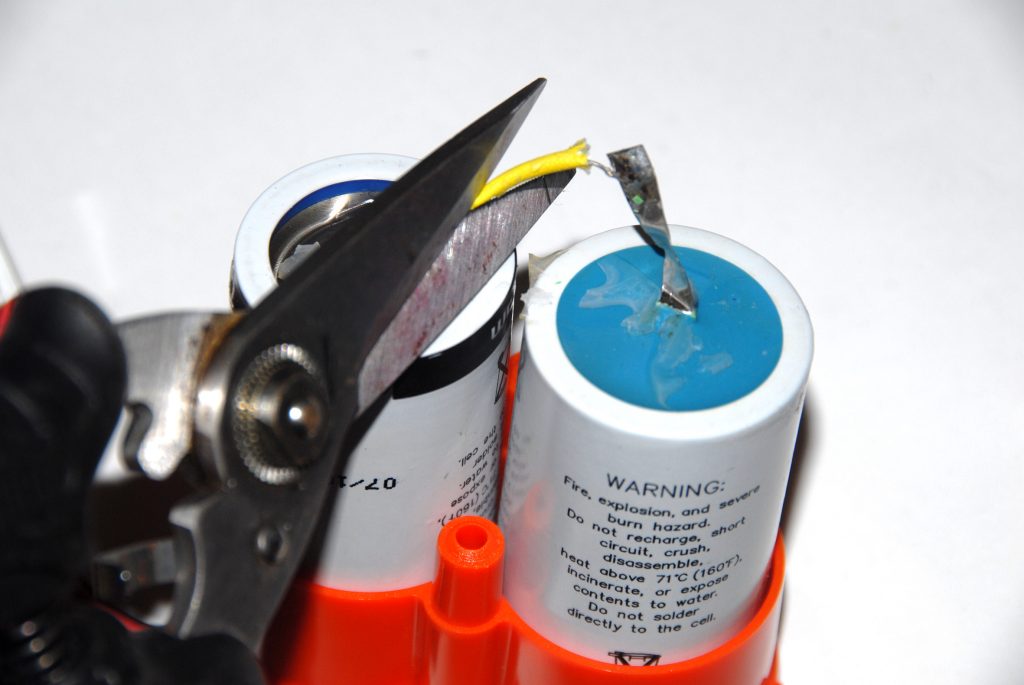
12. You can take the rope off the EPIRB casing and retain the stainless steel screws to re-use if you wish. The batteries are best disposed of at a battery recycling depot. These 3v lithium batteries are about the same size as a standard D-Cell and can be disposed of at any ALDI stores or battery shops that have a disposal method in place. The casing can just go in with the regular trash, or you could use it as a practice device in case you need to activate an EPIRB in the future.
